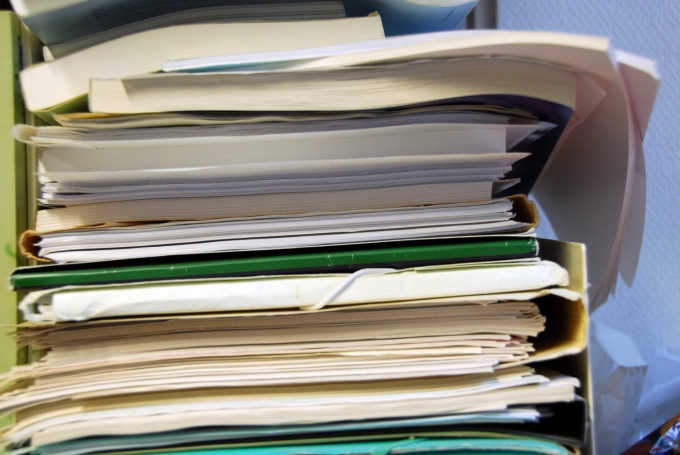Instruction
1
Gather the necessary documents of the same category, that is, documents belonging to the same species (confirming the costs of production, receiving/distribution, etc.). Separately collect regulatory documents: orders, decrees, ordinances. Sort them according to authorship (the orders of the head of the organization, orders of the heads of Department, etc.).
2
Create a folder to store the already parsed documents and hem all in chronological order. Make an inventory of each folder. Give them an inventory number.
3
Create on the basis of the documents table with the relevant fields, dividing the sheet into columns and rows. Sign columns in accordance with the purpose of the document and its functionality. Note, however, that the register shall contain comprehensive information about the documents, so you don't have for one reason or another, again and again to open the document and study it. So, for example, the register of documentsconfirming the expenses must contain the following columns: document number, name, document content, amount and mark on the return document.
4
In turn, the registry of documents of shareholders of OJSC, CJSC, etc. should include the necessary data to identify all registered in the registrye persons, fixing their rights for shares, income stock registered in the registryof entities e, the collection of data about all owners of the shares, as well as information on obtaining various meeting notices and other events.
5
You should know that in the preparation of the registerand documents for your convenience and speed of search in the subsequent, you need to keep all records in chronological order.
6
Only if the registry documents will be drawn up correctly, you do not need to spend extra time looking, you can quickly and easily find the necessary paper to send your query or notification and qualitatively carry out their work.
